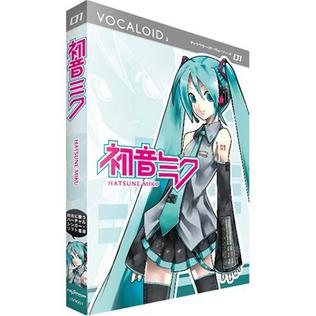Big Eyes, Porcelain Skin: The Appeal of BJD's
| Image copyright Alison Boyd Rasmussen |
As such a ubiquitous and sprawling behemoth of genre, that is to be expected. You name it, a pretty girl can sell it. While I've had the chance to talk about the economic and narrative impact of shojo, I haven't yet explored the way it impacts free time and hobbies.
This leads me to the topic of ball-jointed dolls. Doll collectors in the West focus largely on Barbie, or fragile babies in ageing muslin; the BJD is a different beast entirely, with "exaggerated features inspired by Japanese animation" (Holton, 2004, Time Magazine)
It seems odd that the notion of a collector of antique dolls seems rather mundane, but a collector of new dolls might (to Western eyes) seem somehow abnormal. BJD collection is a hobby which offers a means to explore art and fashion photography, through these anime characters brought to reality if not to life.
Anime and manga have reflected back these objects which first reflected them. The seinen series Rozen Maiden (2002-2008 in Monthly Comic Birz, then 2009-2014 in Weekly Young Jump) by Peach Pit focuses heavily on BJD's. It can be summarily described as The Hunger Games as fought by seven magical sentient dolls in frilly dresses. Interestingly, the main character, Jun, is suffering from that most Japanese of maladies, hikikomori. I am currently reading the seminal work on the subject, Saito Tamaki's Hikikomori: Adolescence Without End with the hope that it will inform my future work.
In Rozen Maiden, the dolls must form a contract with a human master in order to generate the strength to fight one another, a clear reflection of the way in which real doll collectors project narrative, meaning, and identity onto their dolls.
This notion of contract really caught my eye, because it is also present in another series I have previously written on, Maho Shojo: Madoka Magica. The thing I find suspect is the fact that Rozen Maiden is largely aimed at older male teenagers, and the action packed Madoka is far more open to a male audience. Is it possible that where a maho shojo is present for a male audience, she must be limited and tied to contract, even source her own power and agency in a legal tie with a male character? More correlations between a maho shojo contract trope and shonen or seinen manga would have to be identified to drawn any solid conclusions, but it still beckons with possibility.
Rozen Maiden certainly invites a literal objectification of it's female characters, in a way one rarely sees in BJD photo galleries. The notion of having power and control over the doll as a "Master" is not necessitated by the reality of the hobby. Patrick W. Galbraith wrote a compelling and detailed article on dolls more widely in Japan, and interviewed one "wet user" (one who makes an emotional investment in their dolls, as oppposed to a "dry user") BJD owner, "“People can’t hear my friends [dolls] because they don’t believe,” says Mai, a 23-year-old college student from Hiroshima who has been talking to dolls since she was a child. “You can’t approach them like objects.” (Galbraith, 2008, Japan Today, emphasis mine). Another example is author and blogger Alison Boyd Rasmussen, who offers an anthropomorphising reading of one of her dolls, named "Selfie Desotto". Rasmussen writes blog posts from Selfie's perspective, for example a piece titled "Me and My Doll", complete with this charmingly meta photograph.
| Image copyright Alison Boyd Rasmussen |








